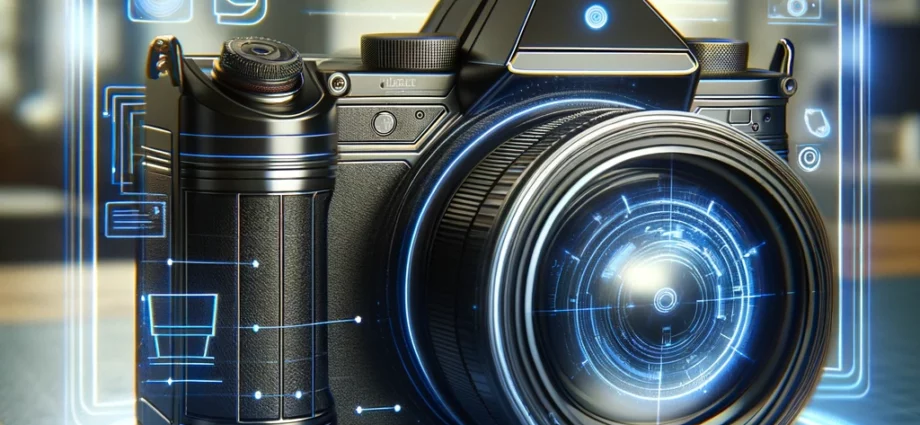Key Points:
- Nikon, Sony, and Canon are developing anti-fraud technologies for combating deepfakes.
- These technologies involve embedding digital signatures in images and videos for authentication.
- Benefits include fighting misinformation, building trust in media, and protecting individuals.
- Challenges involve ensuring accessibility, privacy concerns, and keeping up with evolving deepfakes.
In the escalating battle against deepfakes, camera behemoths Nikon, Sony, and Canon are leading a pioneering initiative. These industry giants are crafting cutting-edge anti-fraud technologies designed to embed digital signatures directly into images and videos, a move aimed at affirming the authenticity of visual content. This innovative approach is not just about adding a layer of security; it’s a strategic move to tackle the increasingly sophisticated realm of AI-generated media that can convincingly manipulate reality.
Nikon’s strategy involves integrating tamper-resistant digital signatures into its mirrorless cameras, which will encompass details like date, time, location, and photographer identity. This ensures that each image carries a verifiable stamp of authenticity, accessible through authentication servers. Sony, on the other hand, is testing a similar system on select camera models. It’s collaborating with major media outlets like The Associated Press to evaluate the system’s effectiveness, especially in the context of news reporting. Sony’s technology promises real-time verification of images, a crucial feature in an era where timely and accurate information is paramount.
Canon is taking a slightly different route, focusing its efforts on video content. Its upcoming anti-fraud camera aims to embed digital signatures directly into video footage, enabling easier tracking and verification. This is particularly significant as video content often forms the backbone of digital misinformation campaigns.
The potential benefits of these technologies are manifold. They offer a powerful tool in the fight against misinformation, helping to authenticate visual content and combat the spread of deepfakes and fake news. This is especially impactful in news media and online discourse, where the veracity of visual content is often called into question. Additionally, these measures can help rebuild trust in visual media, reducing skepticism and promoting responsible technology usage. Moreover, they offer a shield against malicious uses of deepfakes, such as defamation or identity theft, thereby protecting individuals from exploitation.
However, these groundbreaking developments don’t come without their challenges. Ensuring the technology is accessible and affordable across various camera models and brands is crucial for widespread adoption. There are also significant privacy concerns; embedding personal information like location and photographer details into images raises questions about user data protection and requires careful implementation. Finally, the relentless evolution of deepfake technology means these countermeasures need to be continually updated and improved to stay effective.
Keep up to date on the latest AI news and tools by subscribing to our weekly newsletter, or following up on Twitter and Facebook.







